How to Get Rid of Mould on Walls Permanently UK
When mould is growing on your walls, it can sometimes quickly grow to unsightly proportions, and along with the harms mould can cause, it’s a good idea to remove it ASAP.
That’s’s why, in this blog, we will show you how to get rid of mould on walls permanently in the UK.
With new buildings being made to be as energy efficient as possible, and the UK aiming for 95% of its electricity usage to be low carbon by 2030, it is imperative to understand how we can make the most of our ventilation. This is where heat recovery ventilation units come in.
To prevent mould, fresh air should constantly be introduced into your dwelling daily, as it helps to regulate temperature and reduce condensation. Introducing fresh air can be as simple as having a ventilation routine, or installing extractors or MVHR units. Almost all of this is facilitated by ducting.
Can ventilation prevent mould?
Yes, ventilation can be a simple and effective tool in preventing mould from appearing. MVHR systems and extractor fans can greatly assist the extraction of humid air in your home, thus preventing mould.
Additionally, simple routines, such as opening the windows in your home regularly on a daily basis, can help to prevent mould. This is achieved by the hot, humid air in the home, being ventilated out as a result of the cooler outdoor air making its way in.
Having multiple windows on each side of the house enhances this method by creating mini wind tunnels through the home.
Ventilation prevents mould by providing the humid air with the limitless space of the outdoors, as opposed to that humid air settling on a cold surface and becoming water droplets via condensation. Which, if left unattended, becomes the perfect environment for mould.
Can ventilation destroy mould?
Unfortunately no. Ventilation can limit the spread of mould, but if you already have mould in your home, you need to kill it with mould removal products to get rid of it. Mould is a very stubborn organism, so being thorough in the removal is important, which is why nothing less than a fungicidal substance is required.
How can cold rooms grow mould?
If a room is always cold and not ventilated, any humidity or moisture that does collect in the room, will eventually find itself becoming condensation on a cold surface, which then becomes mould over time.
The remedy to this is simply using the heating in the room, low-level heating is more than enough. It raises the temperature of any air in the room that has moisture in it, which would have otherwise became condensation.
Having a routine in opening your windows, and using your heating and ventilation methods/systems, is a simple way to prevent mould in any room in your house. Though, some rooms may be suffering from external problems such as improperly sealed windows that can contribute to mould growth.
How to get rid of mould on walls permanently UK
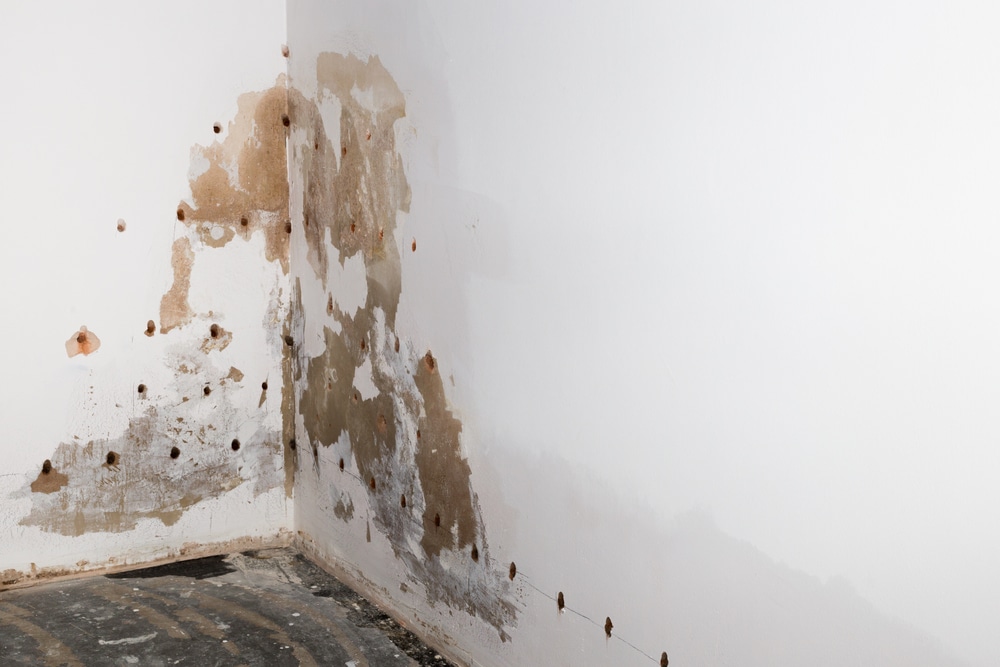
If you want to get rid of mould on walls permanently, you should use a mould surface cleaner, followed by an anti-mould paint. Anti-mould paint has fungicidal properties that prevent mould from growing on that surface for years.
It has the potential to remove the mould permanently, but that is only possible if the cause of the mouldy wall is addressed.
For example, if you have a pipe that is leaking, and you don’t replace it after removing the mould on the wall, you’re just providing the same environment for the mould to grow back on.
If mould is growing on drywall, it is extremely urgent that you address it quickly. Once drywall reaches a certain level of dampness, it is no longer sturdy or hard. This means that it can compromise the structure of your home. In some instances, it may need replacing.
What happens if I let mould grow on my wall?
If you continue to let mould grow on your wall, and neglect to address the issue or issues that is causing it, the mould will grow exponentially. As a result, you will be left with some or all of the following issues…
- A slimy, unsightly wall which looks rotten and has a pungent, unpleasant smell.
- Possible breathing or health issues, especially if you are already unwell.
- Weaker walls.
- Spoiled wallpaper.
- Mould spreading all over the room and possibly into others.
- The mould spreading to other surfaces, including furniture, and even clothing and bedding.
If you are already dealing with these issues, and can’t find a way to deal with it or its cause, you should contact a mould cleaning service. A mould cleaning service can diagnose the cause of mould and provide guidance on how to fix it, as well as clean the area in question.
Can mould kill you?
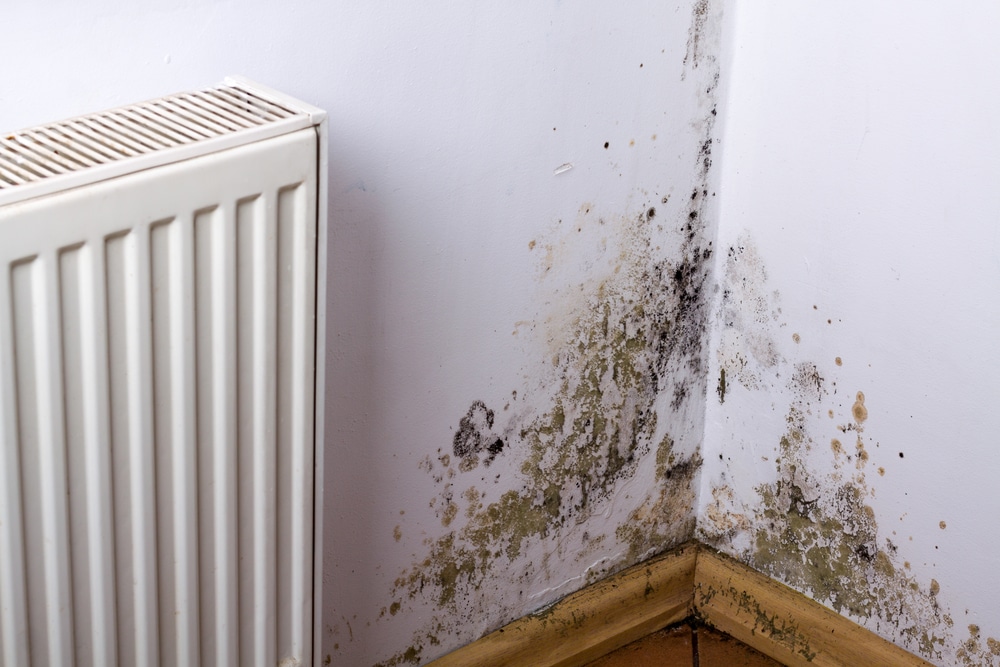
Depending on the severity of the mould, and your sensitivity to it, in addition to other individual factors, mould has the potential to kill someone. Children are also at risk from severe complications due to mould exposure.
Unfortunately, some residents of homes can be victims of mould through no fault of their own. The responsibility of the removal and maintenance to prevent mould may be on an irresponsible landlord or a council that has neither the resources nor time to help its residents immediately.
Even though these residents clean their home, and remove the mould with the right products, it only just comes back. This can be due to how severely afflicted the area is, and how the root cause of the mould developing has not been addressed.
Symptoms caused by a mould exposure
Mould will affect your health, especially if you have underlying health conditions, a mould allergy, or a weak immune system. There are many ways mould can impact your health. Common symptoms include…
- A rash.
- A cough/sneezing.
- Red, sometimes swollen skin.
- Watery eyes.
- A runny nose.
- A sore throat.
Less common symptoms can include…
- Hair loss.
- Frequent bouts of illness.
- Breathing issues/ increase in asthma issues if you already had asthma.
- Bowel issues.
- Stomach aches.
Understandably, these symptoms can coincide with a multitude of other health issues. If you have visited a doctor frequently for these symptoms with no resolution, but you also have mould in your home, it could be worth removing the mould.
Or, if possible, spend an extended time in a mould free environment to see if your health has improved. If so, you could have a mould allergy.
Does everyone have a mould allergy?
Some people have a stronger resistance to mould than others, and may have little to no symptoms as a result of their exposure. That does not mean that they should continue to live amongst the mould, it should be removed regardless.
Remove mould today
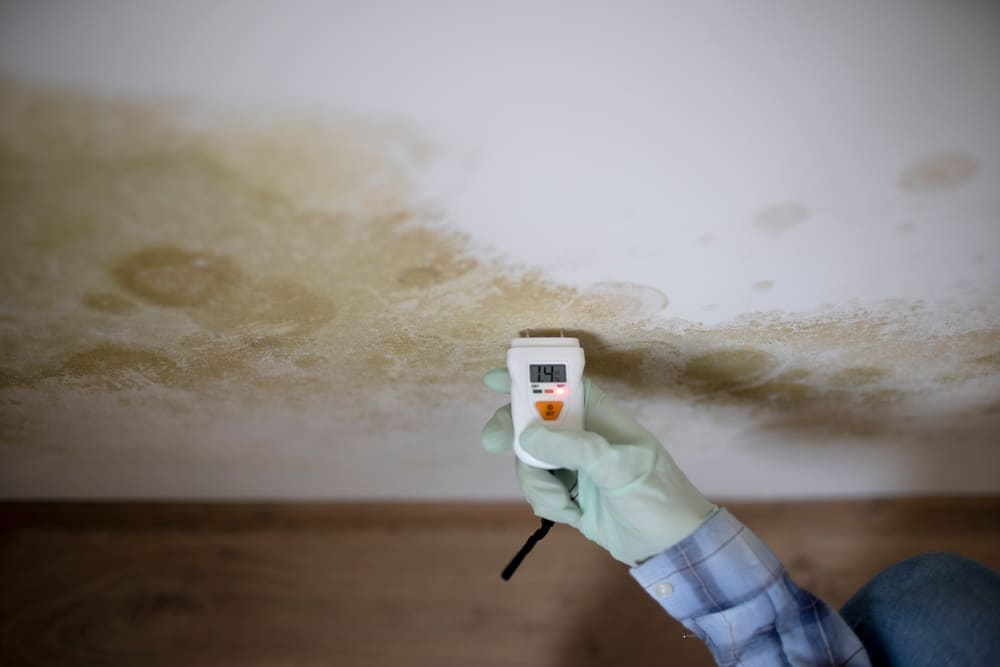
At I-Sells, all things ventilation and ducting related is our speciality, we are here to answer the questions we know are common for those new to HVAC and what it encompasses.
We at I-Sells endeavour to ensure our customers have all the information they require before investing in our mould solutions. Be sure to visit our blog page to learn about the vast array of factors and issues surrounding ventilation, mould, condensation, and much more.
We hope to have shown you how to get rid of mould on walls permanently in the UK.
We understand you may have more questions, do not hesitate to contact us for more information about whatever you need our help with. If you’d like to email us, click here. For other contact options, see below:
Call us on 020 8463 9696
Visit us at our showroom:
*OPENING TIMES*
Monday – Friday: 8:00 am to 5:30 pm
Saturday: 9:00 am to 12:00 pm
Sunday: Closed
15 St John’s Parade
Sidcup, Kent
DA14 6ES
United Kingdom

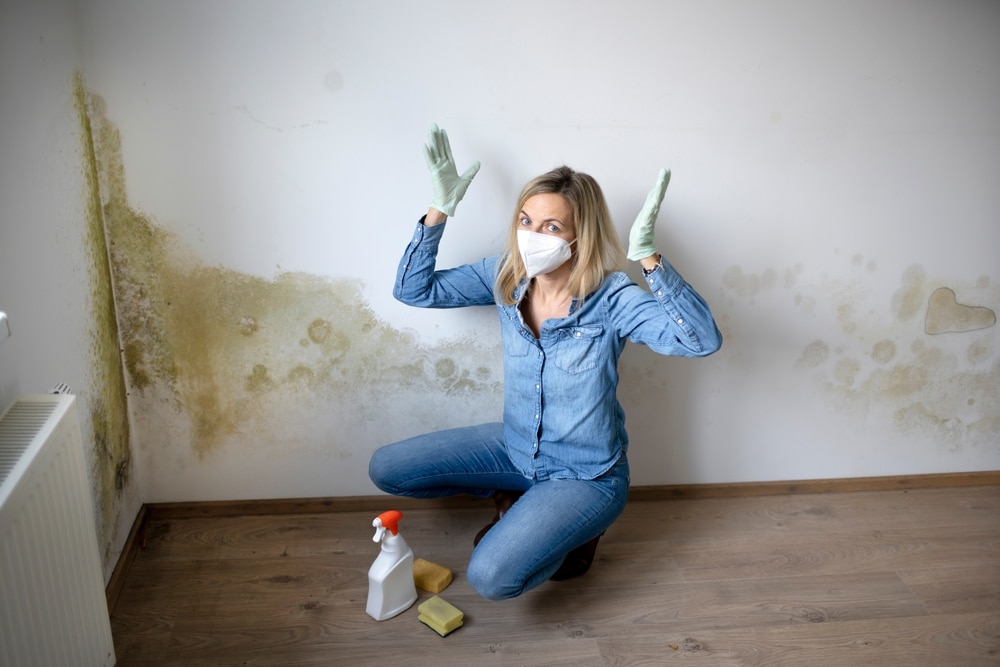




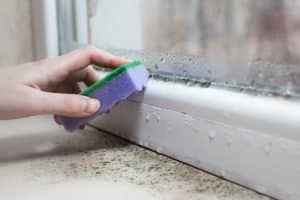




















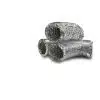

Add comment
You must be logged in to post a comment.